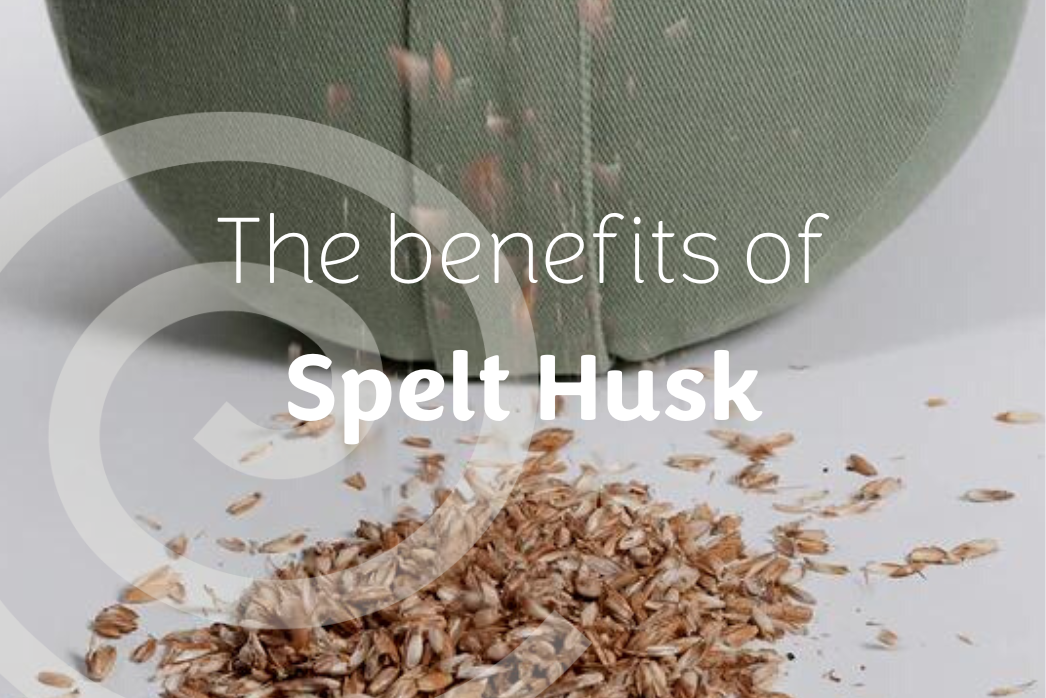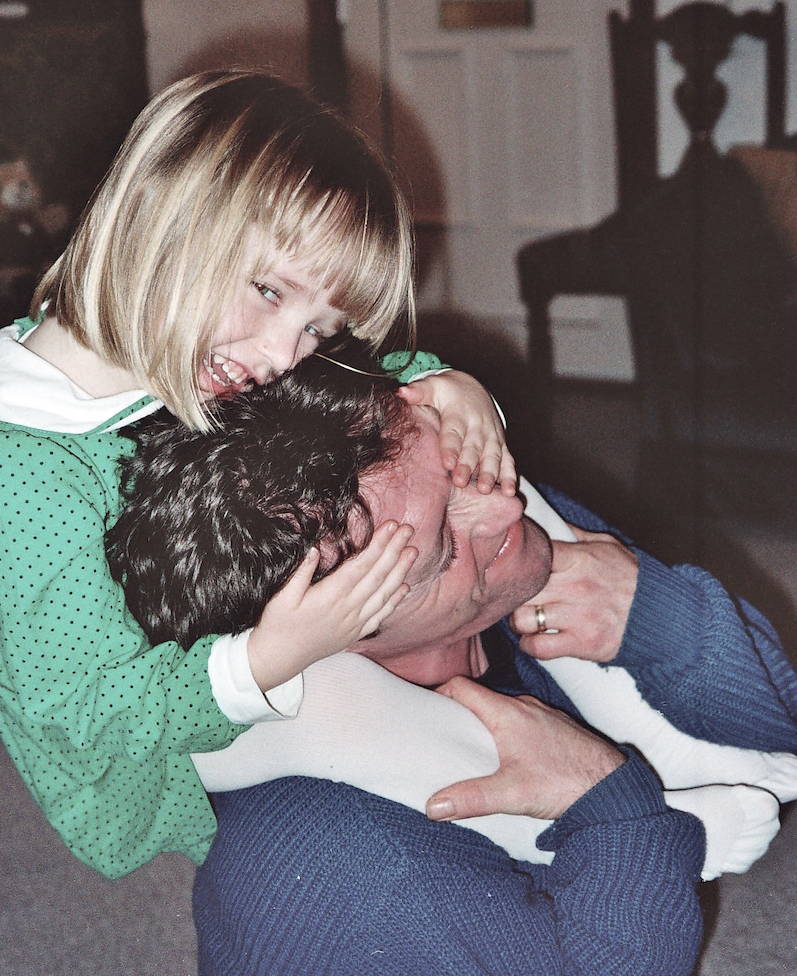The Trouble with Foam Blocks

The Trouble with Foam Yoga Blocks
We love using foam props, and they definitely enhance our practice. But, as an eco-minded company, doing our best to avoid a greenwashing - we are hitting a bit of a wall with this particular group of products!
We stock 50% recycled EVA foam bricks and blocks. We do not cling wrap our foam, like many suppliers. There is no single-use plastic packaging waste. But despite these changes, foam props are still frustratingly unsustainable.
Then why do we stock it?
Our internal dialogue -"Because our customers want it, our customers are familiar with it, and if we did not stock it they would not understand why and shop elsewhere. We would go out of business."
Did you know? It is difficult, all but impossible, to source foam products anywhere outside of East Asia - although we are trying.
There is a demand for foam yoga props, and they are a valued part of a yoga teacher's toolkit. What did teachers use before? Wood, bamboo, cork. Why did we start using foam? Because it was marketed to us. It is softer, it is cheaper. They told us it was non-toxic. But does it cost us less?
The environmental cost
Foam is a plastic paste (crude oil in origin) that is 'blown' using chemical gases, it is largely air. These blocks of plastic puffed up with gas, travel to us in shipping containers halfway around the globe.
The human cost
Plastics are not good for us, we're hearing this more and more. Plastics are in the air, our food, within us - they interfere with our immune systems and our hormones. EVA foam was once considered a non-toxic plastic, and one of the kinder and safer materials to use. As always, science has caught up and in some instances, it may be toxic. Google formamide and EVA foam.
The financial cost
Rising shipping rates will soon mean your foam block will cost the same as a cork block. Container rates have exploded. This time last year, it would cost us $1600 to import a container of foam blocks. This year, it will cost us $16000. Yes, you read that correctly! And these rates are not going down anytime soon.
Yoga existed before foam... What are we doing? What is your yoga practice worth?
A piece of 'plastic + air' sails halfway around the world, for the sake of our yoga practice. Is our comfort and colour preference worth this? Do you want that sacrificed from our planet?
Help us decide, and tell us what you want! We're giving away FIVE cork prop kits (cork block, cork brick, organic cotton strap.) For a chance to win, please take two minutes to complete our foam opinion poll. We'd really love to hear your thoughts!










Both block types have their place, not everyone can carry the weight of a cork so uses a foam, same with costs and a whole other variety of reasons. It’s all about what works for you as a person and where you are in your journey. The worse thing that could happen now is everyone moves to cork and just bins the foam ones creating a large quantity of land fill.
We put a plea out at school for anyone changing blocks of any variety to donate the old blocks to us as they are brilliant as blocks to use in class. Both types are long lasting and hard wearing, children have a huge variety of uses for them so they come full circle and never end up as waste or land fill.
To be Honest… I do like both high density foam yoga block and cork too, but are you sure the corck ones are more eco friendly? in Italy there are corcks threes in sardinia, are still few and the request is too hight for many many uses. in the world there are tons of plastics that needs to be recylced. if we dont recycle , it will stay as waste in the nature, ocean, and so on… I’m graduated in environmental impact assestment, I can tell you that there are many “eco fashions” that are very bad for environment, is just businnes that make the people feel good, in our consumistic world!
A prop is a prop and yes, the foam ones are softer and come in lovely colours. However, any studio I visited that supplied cork blocks always drew me, because had the foam blocks and Cork just looked different and pretty. They also looked less dirty after use.
If the cost is the same I think people will opt for the Cork blocks. If they are buying online and not in Penny’s or TK Maxx, they are probably looking for something unique and are obviously willing to pay more than 2.50 for a block.
I’m cognisant of people on low incomes, and yoga tends to be an expensive interest, so I think people will always shop for value. Additionally, the foam blocks last forever, so if people used them that way, it would be great. However, for all the reasons you cited and the fact that those shipping for yoga products online will pay more anyway, I think slowly moving towards Cork exclusively is very possible as a business model.
Hope this helps x
I always try to be conscious of the environment I everything I do not just yoga 🙏🏻
I never used any props for a long time but the first blocks I came across were cheap ones and I had one foam and one cork one. I started using them for backbends practice and realised that the cork one was safer than the foam one so bought a couple of cork blocks … would never buy or recommend foam blocks again and my foam blocks are now used for propping up the computer for online classes !
Cork is so much better ! If it costs the same to buy in the cork ones then definitely stop the foam blocks it’s a no brainer for both you and the planet .
And if people see that they cost the same they are most likely going to choose the beautiful cork blocks over the cheap looking ( in comparison ) foam 😊
Leave a comment